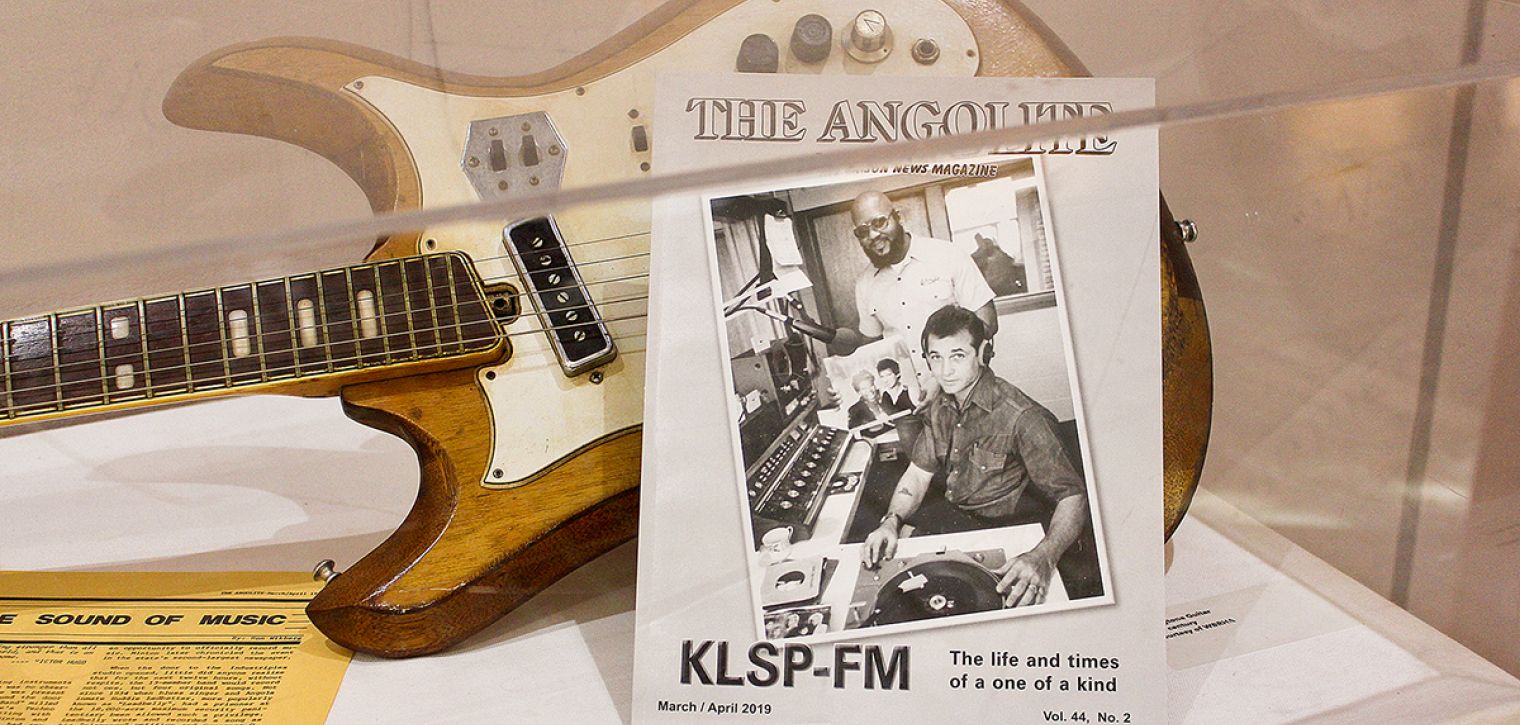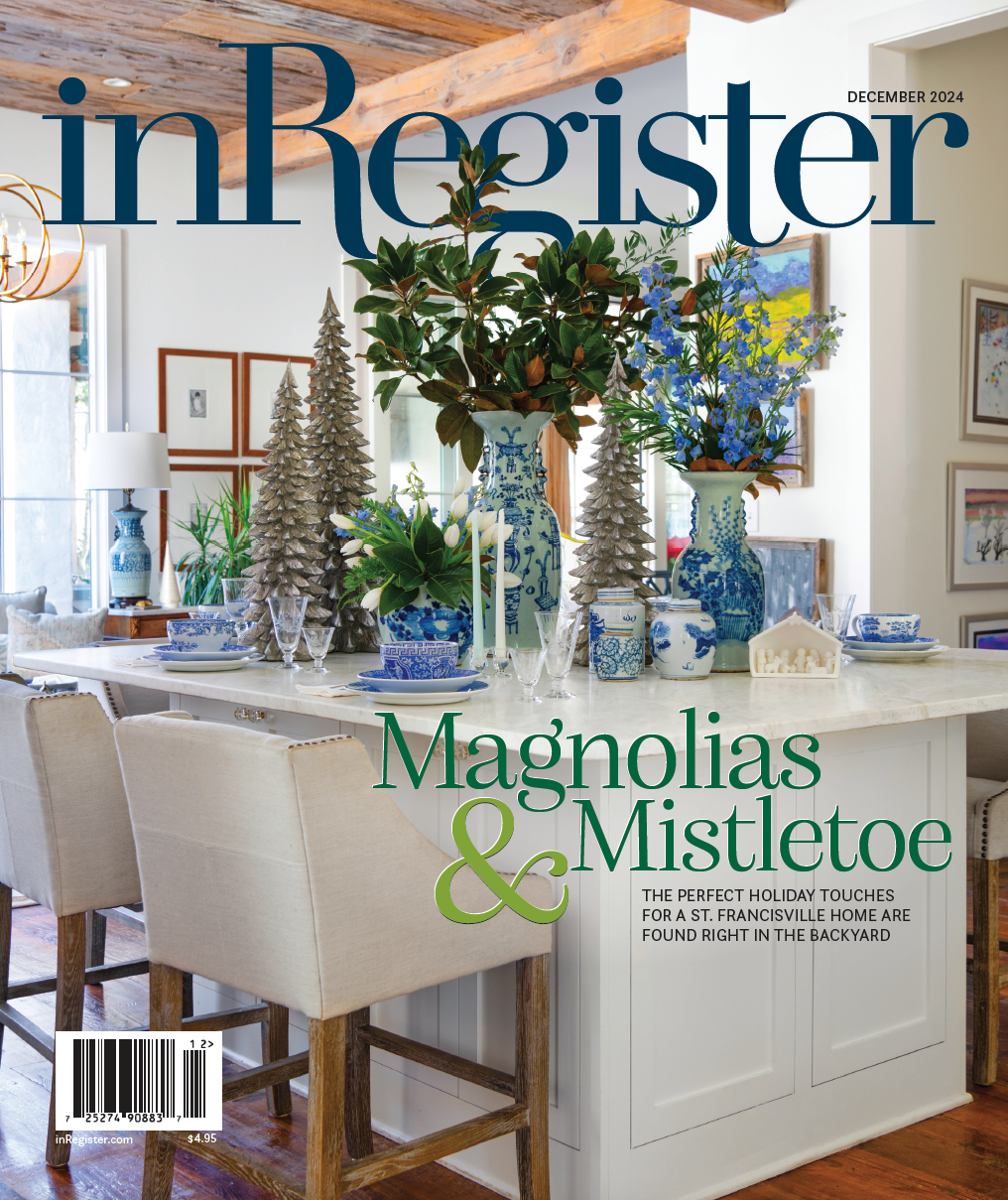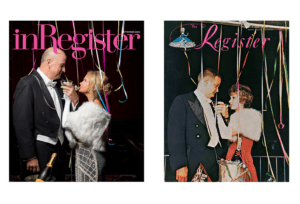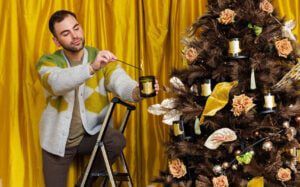
On Exhibit: Music Behind the Gates at the West Baton Rouge Museum
Spread out over more than 28 square miles, the Louisiana State Penitentiary—better known as Angola—has garnered a tongue-in-cheek reputation as a “gated community.” The cell blocks of the former West Feliciana cotton plantation are, of course, no country club. But amidst its storied and oft-controversial history, a culture emerged through the chaos, one that proved to be surprisingly melodic for the largest maximum-security prison in the United States.
In its exhibition “Music Behind the Gates,” on display through December 29, 2021, the West Baton Rouge Museum showcases an array of midcentury photographs and memorabilia chronicling the contributions of musicians, singers and songwriters who practiced their craft while serving time in Angola. From an issue of the prison’s news magazine The Angolite showcasing talent at an annual music symposium to a copy of the album Angola Prisoners’ Blues recorded in 1950 by LSU English professor Harry Oster, the exhibition paints a picture of prison life that explores not only the dour conditions behind bars but the artistic soul that persists under any circumstances.
It’s also a tie-in to the traveling “1968: A Folsom Redemption” photography exhibition, also currently on display at the museum. “The Johnny Cash concerts at Folsom State Prison in California are famous, but we wanted to highlight the hidden gems in our own history, too,” says curator Ferin Jones.
Visitors might recognize inmates’ names like Lead Belly, the Louisianan and Rock & Roll Hall of Fame inductee who influenced the likes of Janis Joplin and Bob Dylan, or blues musician Robert Pete Williams, both of whom maintained successful careers after their sentence. But black-and-white snapshots reveal that even amateurs found solace in choirs and bands or behind the mic stand.
“The exhibition gives humanity to something that is literally behind closed doors,” says Jones. “Incarcerated people’s voices aren’t respected in the same way that other voices might be, so it’s interesting to see the ways they’re able to express themselves through music.”
Professor Benjamin Harbert, an ethnomusicologist with Georgetown University who appears in a short video viewable at the exhibition, will visit the museum on December 7 as the guest speaker at a Lunchtime Lecture, sharing more research from his study of prison music. As for the rest of us, a visit to the exhibition might open the door to how music can, in at least some ways, set us free.











